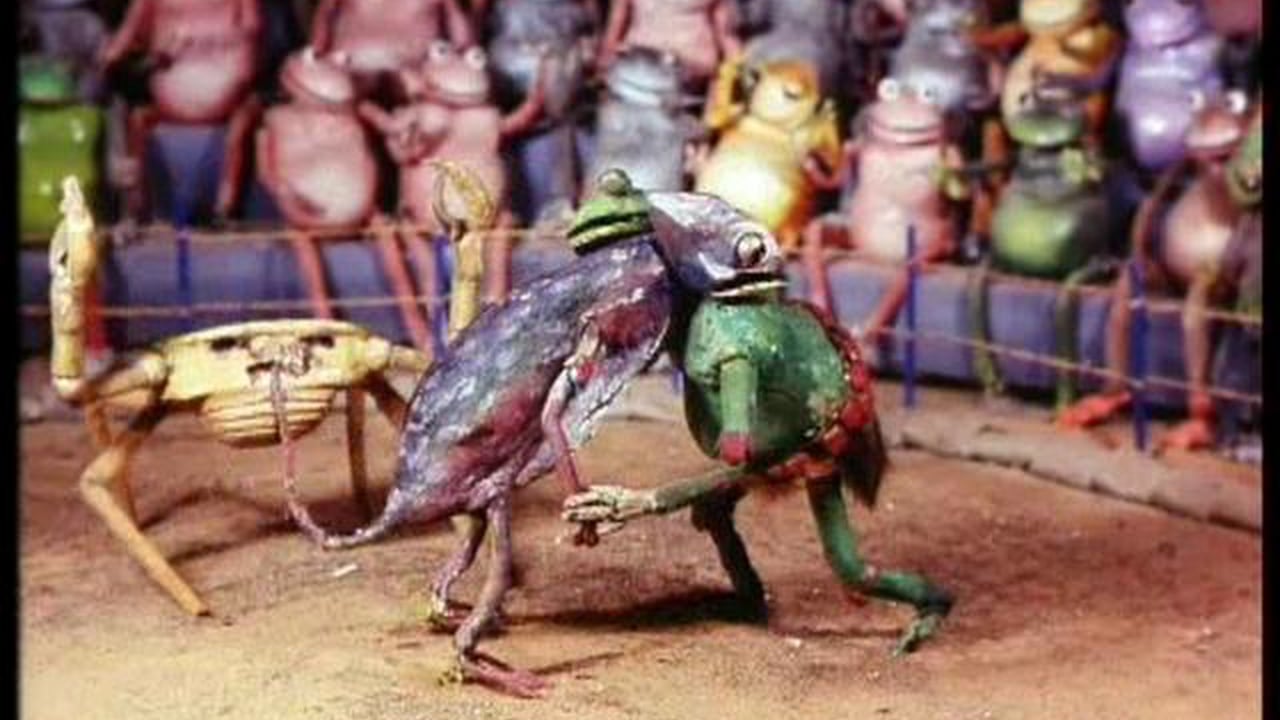In the hilarious 2001 stop-motion film Kokoa, we witness a series of wrestling matches featuring, in turn, a toad, a chameleon, a bird, and an iguana — with a crab referee and emceed by a Howard Cosell-like reptile.
Do I even need to go on about why you should watch Kokoa?
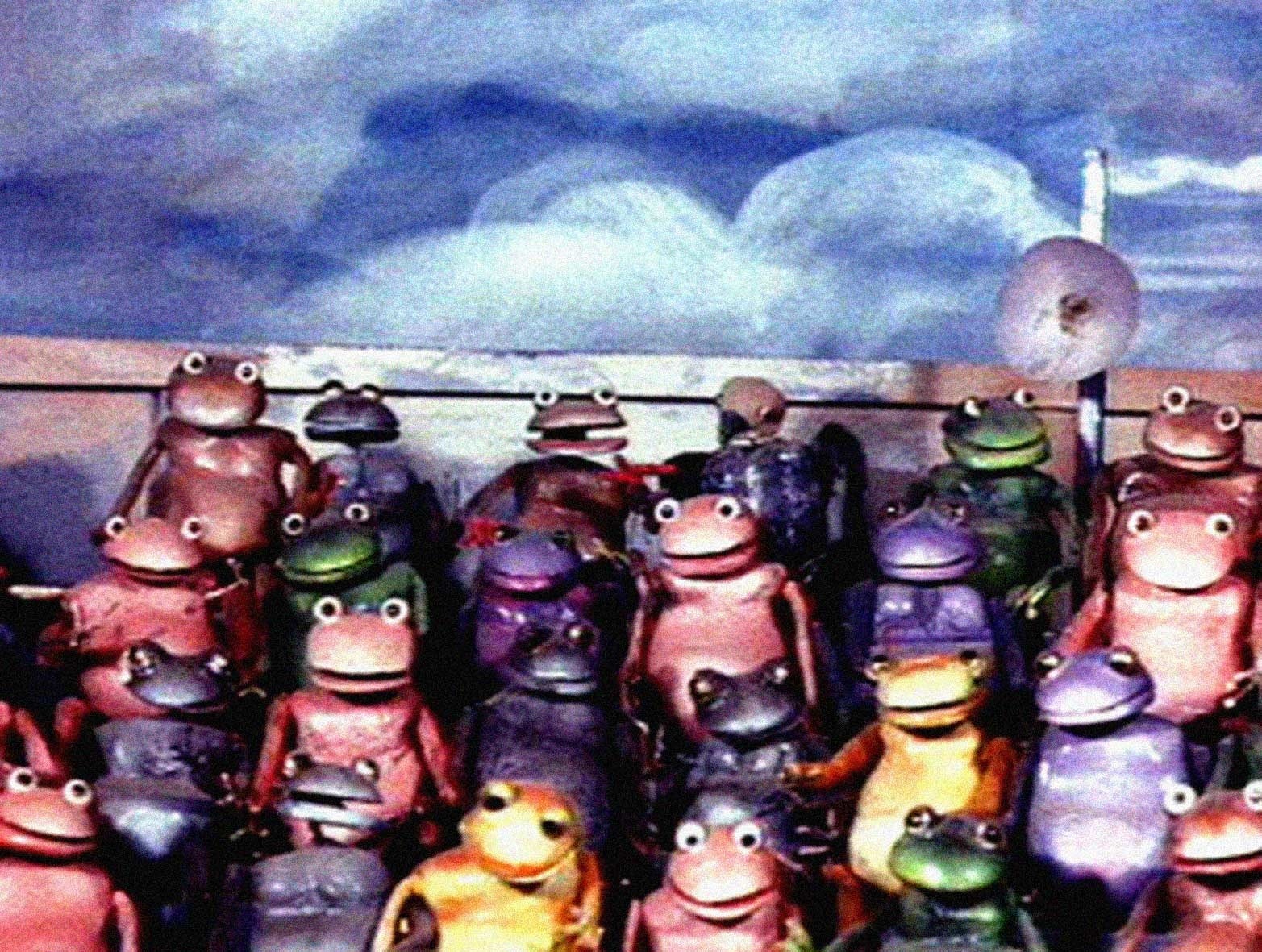 Fine. It’s also a rarity from the pioneering Nigerian director Moustapha Alassane, generally credited as the first African director of animation. Its 13 minutes are filled with visual wit and an abundance of color splashes. Drawing on the enormous popularity of traditional Igbo wrestling, Alassane fashions a surreal vision grounded in cultural specificity. The result is eye-opening in every way.
Fine. It’s also a rarity from the pioneering Nigerian director Moustapha Alassane, generally credited as the first African director of animation. Its 13 minutes are filled with visual wit and an abundance of color splashes. Drawing on the enormous popularity of traditional Igbo wrestling, Alassane fashions a surreal vision grounded in cultural specificity. The result is eye-opening in every way.
There’s no “plot” to recount and no reason to recount it. A bunch of fanciful creatures grapple while our narrator offers a play-by-play. Occasional cuts to the audience provoke laughter, as does the fact that the chameleon turns red when he gets mad. There’s not much more to Kokoa than that.
But Kokoa is far from a trifle. It’s a significant accomplishment of stop-motion animation, particularly given the circumstances of Alassane’s creation. He told Le Cinema Club:
I was, at school, excellent at drawing, and I ended up one day making shadow theatre. I could show my classmates lions, elephants… Neither my friends nor me knew at the time about cinema, nor had we heard about it. I had an assistant to help me, who’s now a marabou in Togo. When he noticed that what I was doing attracted people, and that he was the only one to know the technique, he started doing the same thing on his own. We were then two in the village and I had to improve my own technique. That’s how I thought of organizing a show in colors. To do so, I increased the light power and worked with a material that could let the light through: the transparent packaging of cigarettes packs! Later, I was able to go see movies, and I even ended up making on my own a film camera that worked!
Quick Links
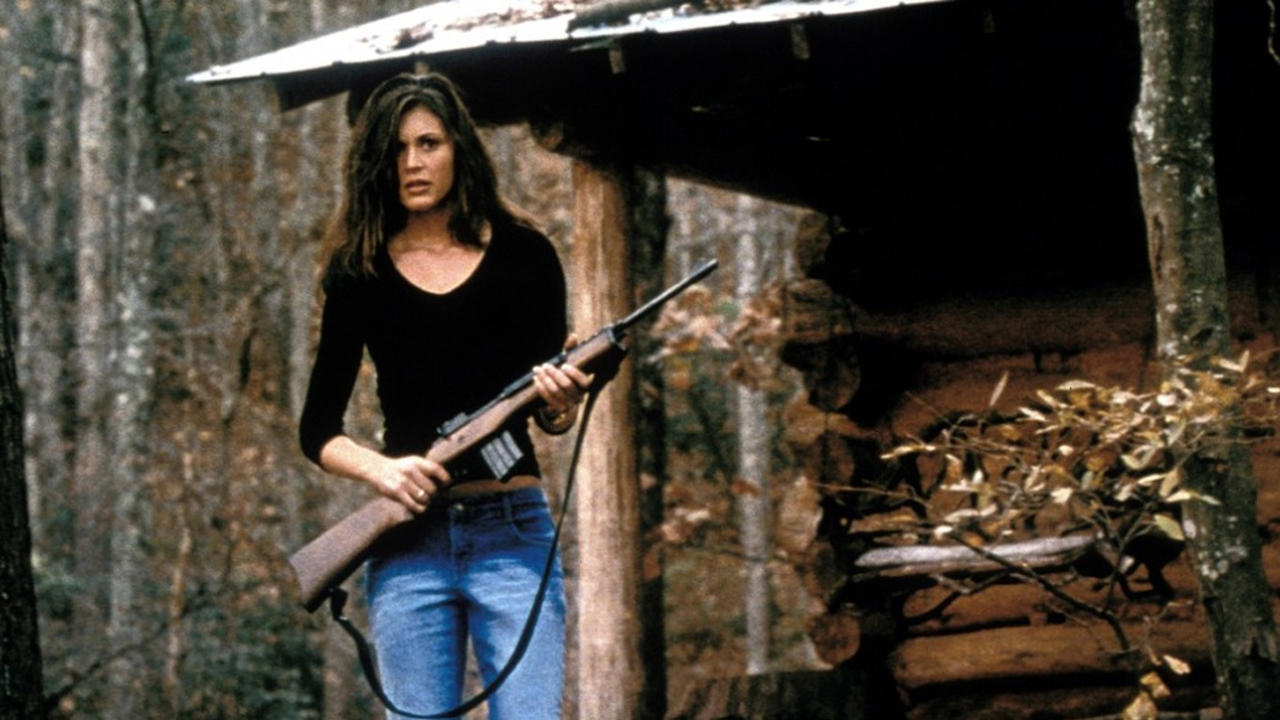
We could argue all day about the colonialist, gore-based douchebaggery of Eli Roth’s more recent homages to his Italian schlock heroes, but there’s no denying that he was once a very promising horror director.
I’ve already made the case for Hostel as a slice of vegan horror, but his earlier Cabin Fever is even more elemental. Effectively a “house in the woods” motif that doubles down on gross-outs, it’s the kind of movie a Tom Savini-obsessed 13 year old would make. Which is to say, I like it.
(Streaming on Amazon Prime)
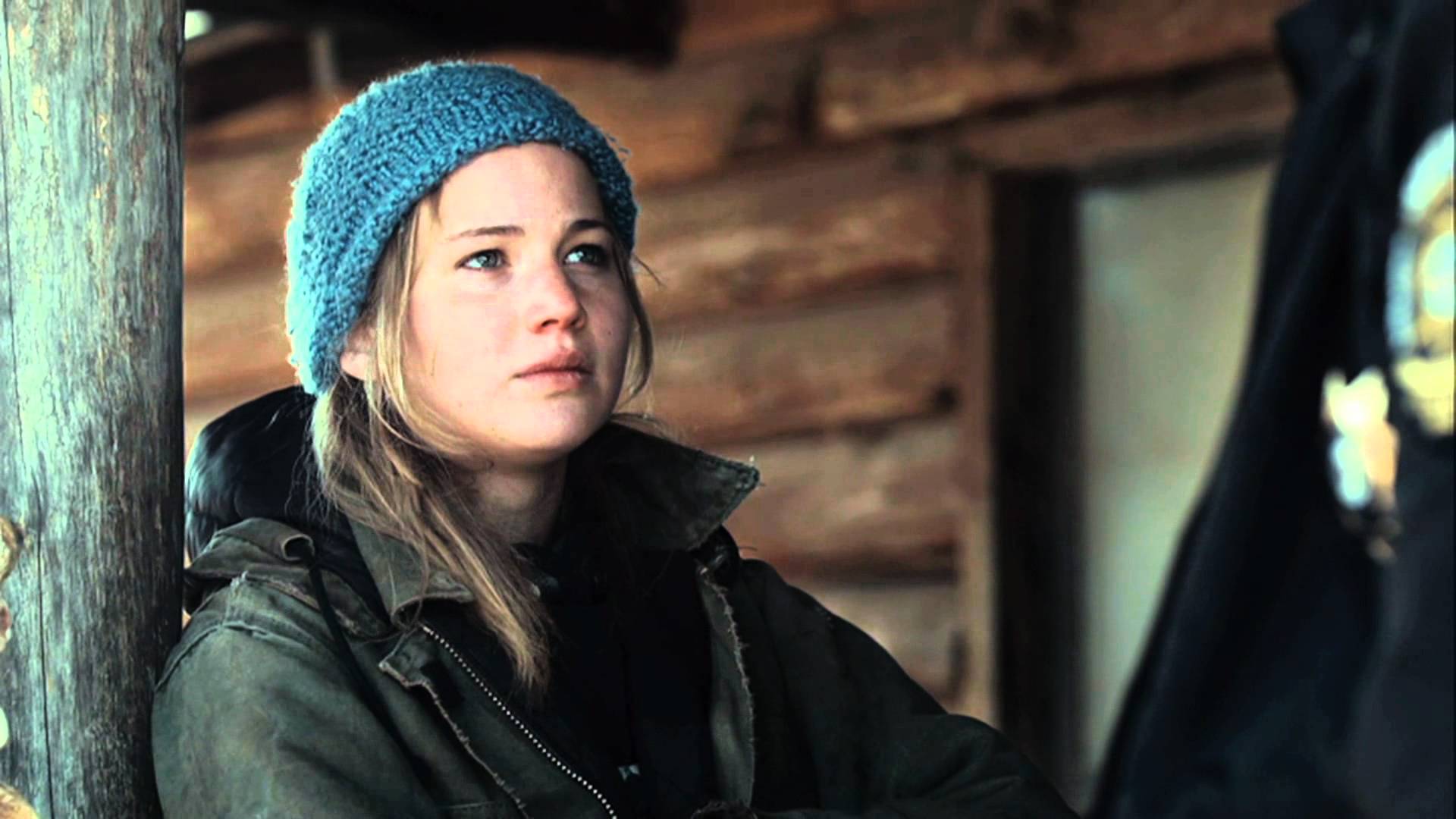
Debra Granik hasn’t released a feature film since 2010’s Winter’s Bone, which is a damn shame.
But the movie shouldn’t just be remembered as Jennifer Lawrence’s breakthrough. It’s an austere and uncompromising thing, full of regional detail and expertly filled-in characters. “Bleak” is usually the term that gets thrown around, but Granik’s portrait of the Ozarks is more complicated than that. It’s a powerful, and empathetic, look at lives lived on any number of crossroads.
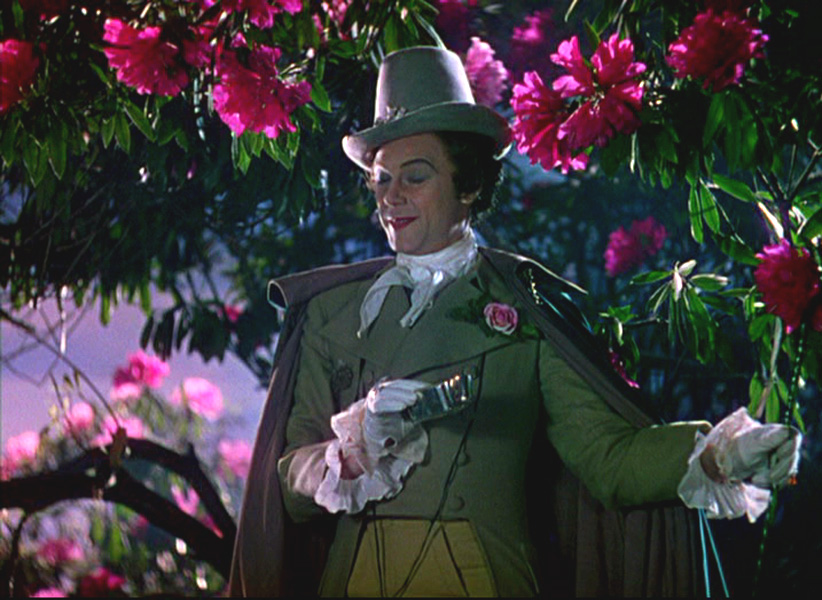
The Archers have no shortage of masterpieces to their name, but A Matter of Life and Death (also released with the unfortunate title Stairway To Heaven) might be their most purely enjoyable.
The film’s depiction of a man on trial in the afterlife has too many descendants to count, but it’s the images that make the most impression — the long escalator to the stars, the jarring shifts between black and white and impossibly bright Technicolor.
The Red Shoes will always remain the perennial favorite, but here’s to this funhouse challenger.
(Streaming on Open Culture)

San Francisco’s Oddball Films is a treasure trove of weird.
The outfit has provided vintage footage from its notoriously eclectic archives to many documentaries and other projects over the years, and its curatorial instincts remain appropriately bizarre: lost commercials for forgotten products, sexploitation films, cautionary PSAs, and so forth. Spending an evening at Oddball is like skipping through some distorted mindscape of our times, where Russian cartoons might meld with 50s Americana and people having sex in unusual locations.
On Oddball’s website, you can find hundreds upon hundreds such ephemera. Take some acid and have a look. I’d recommend this strangely apologetic ad for Skippy Peanut Butter, for which someone decided the best spokesperson would be a bunch of sentient eyeballs.

